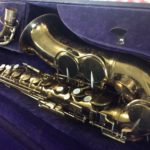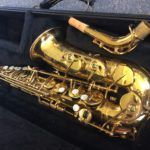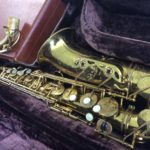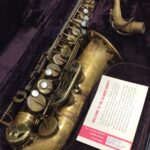Hey, gimme a minute before you leave ...
I just wanna thank you for stopping by, and ask you, please, to sign up for our new newsletter.
We absolutely will NOT sell or rent your email address, nor will we ping you more than twice a month. And, of course, every email we send will have an easy-to-find opt-out link.
In other words, Sheila, David, and I really respect your time and trust.
What’s in the newsletter?
- An article or two about the care and feeding of wind instruments — and wind instrument players
- Industry updates. (In addition to being technicians, we are also active professional musicians.)
- Special deals on things from reeds to pro-level horns to bench time.
And as a special thank you for your signing up, we’re going to send a free copy of a white paper Gary wrote on how to pack and what to do for your instrument for that out-of-town gig — “Have Horn. Will Travel.”


















